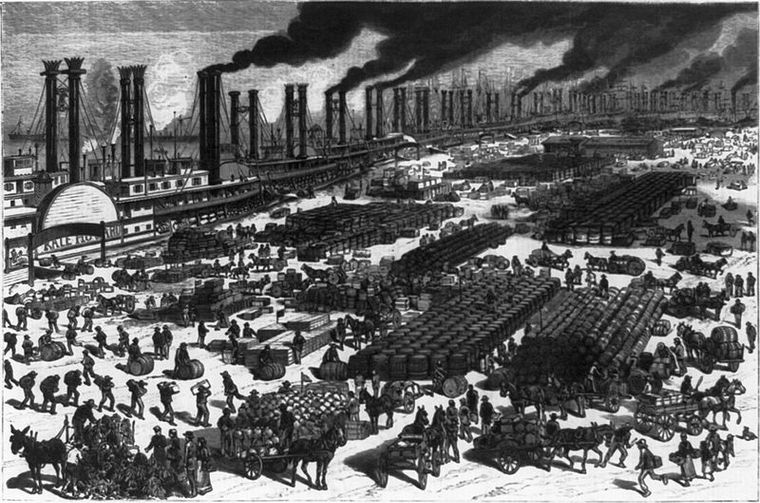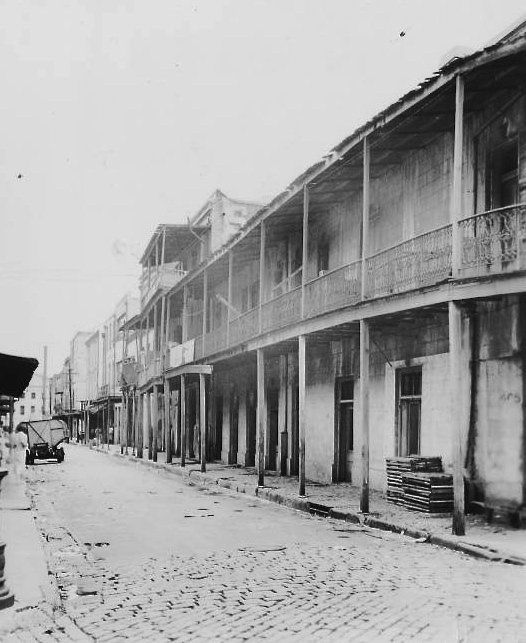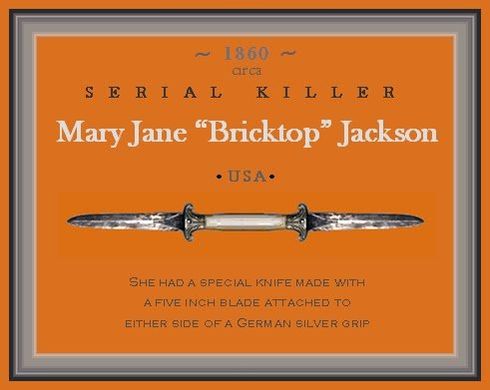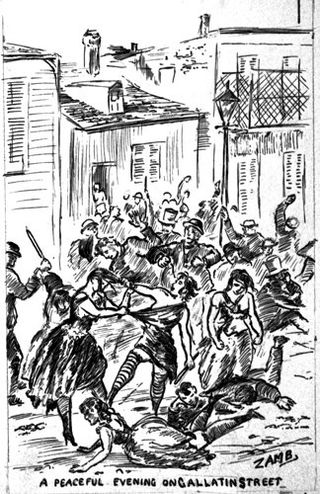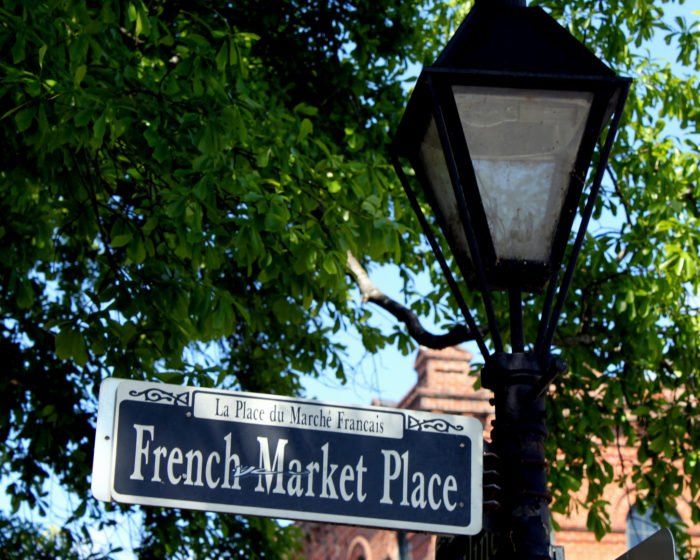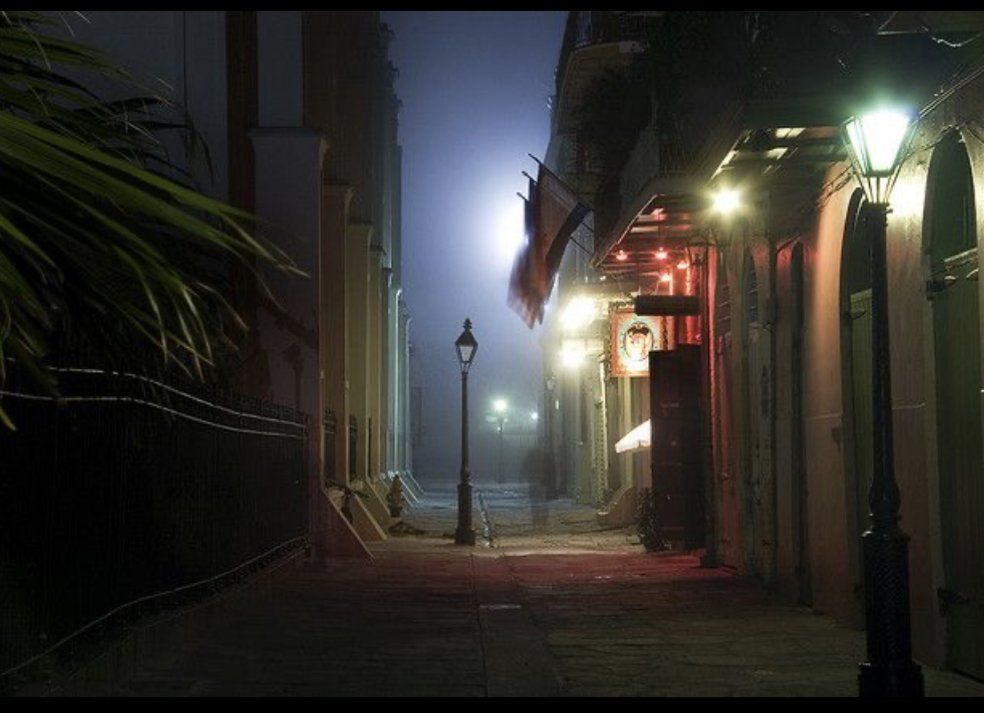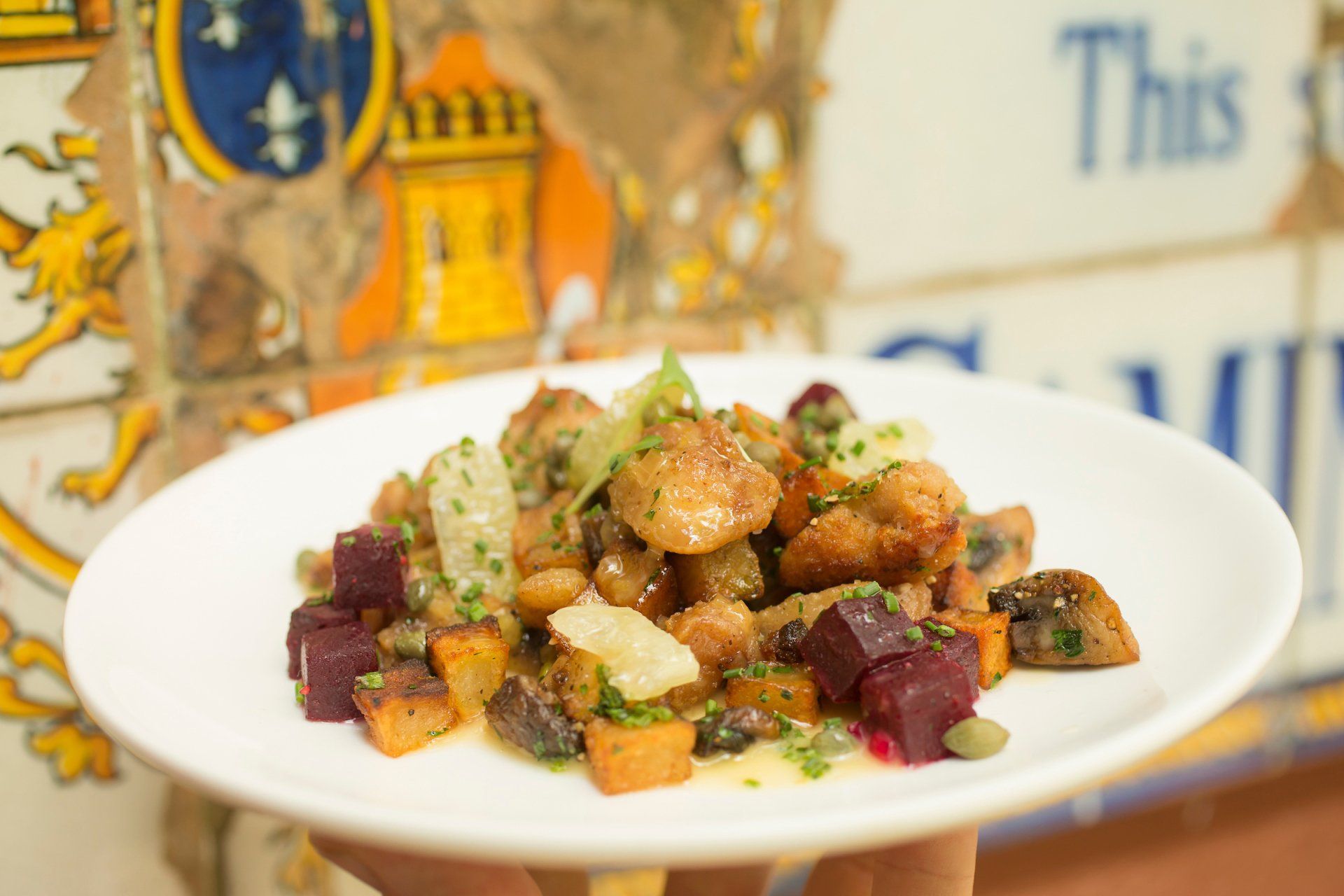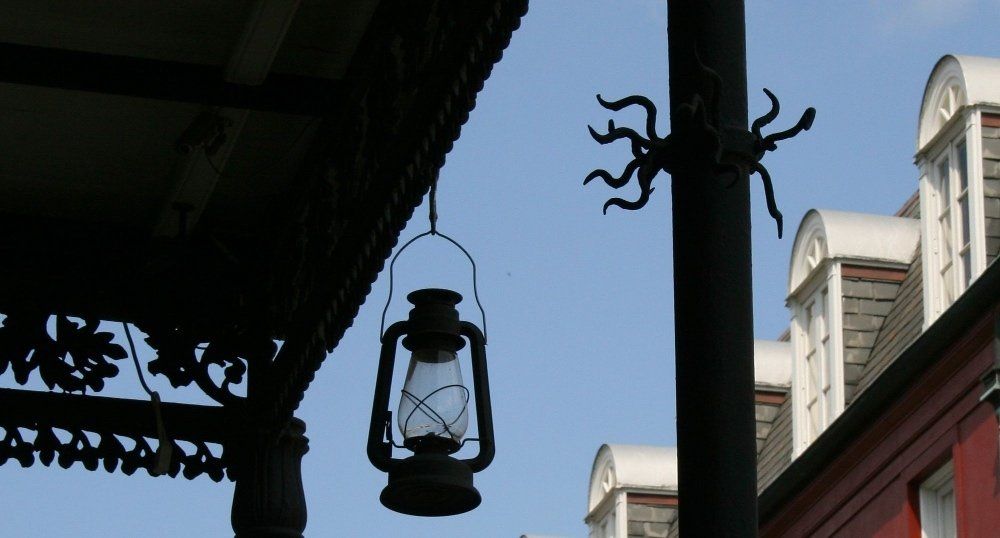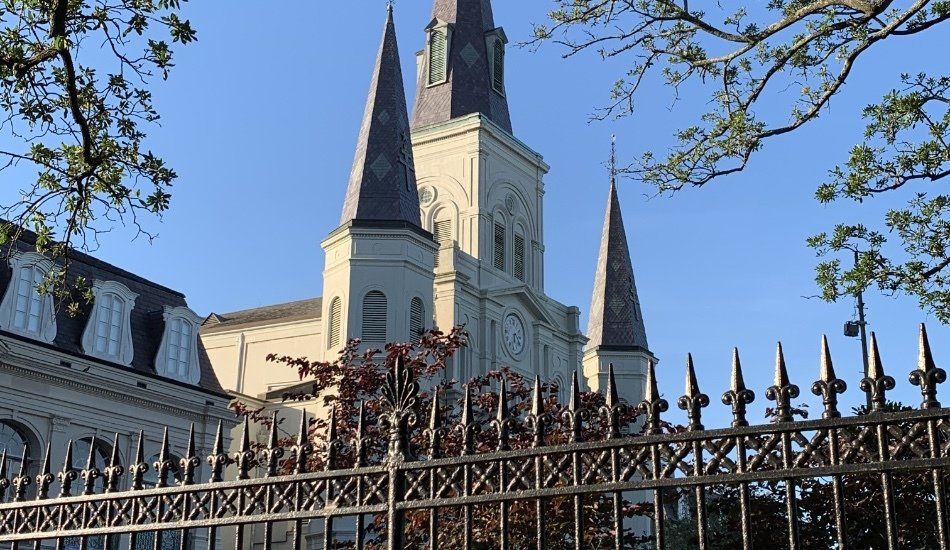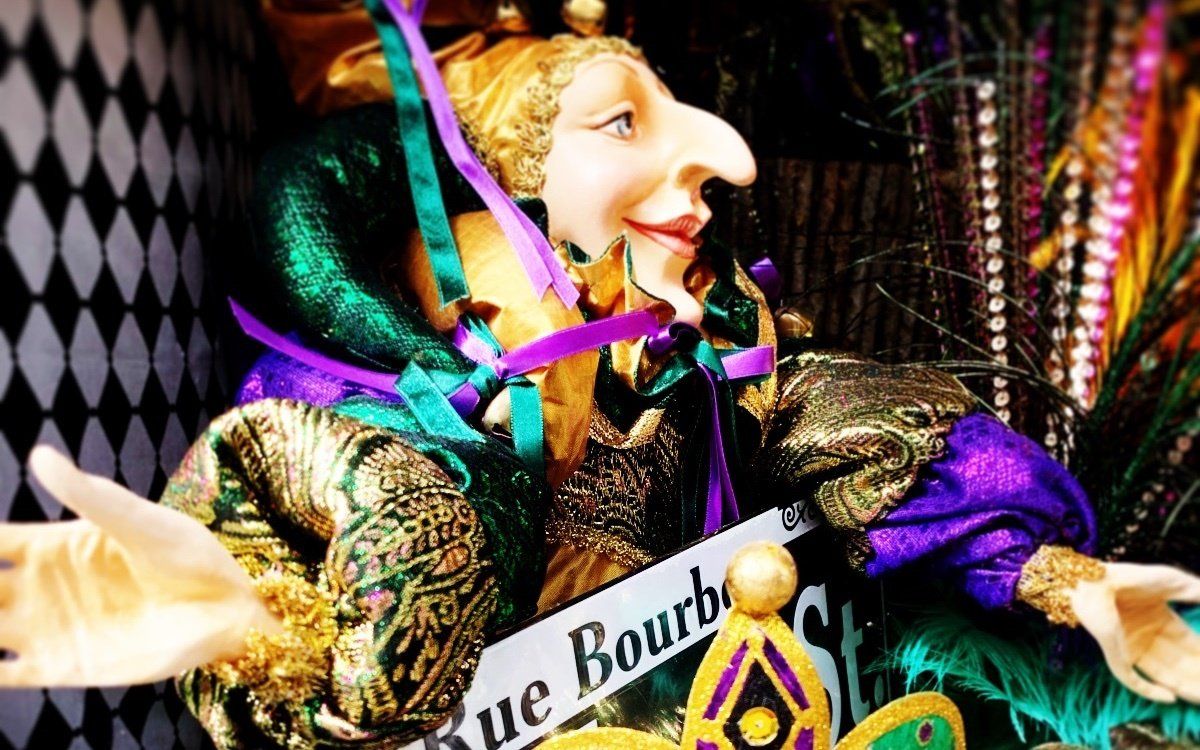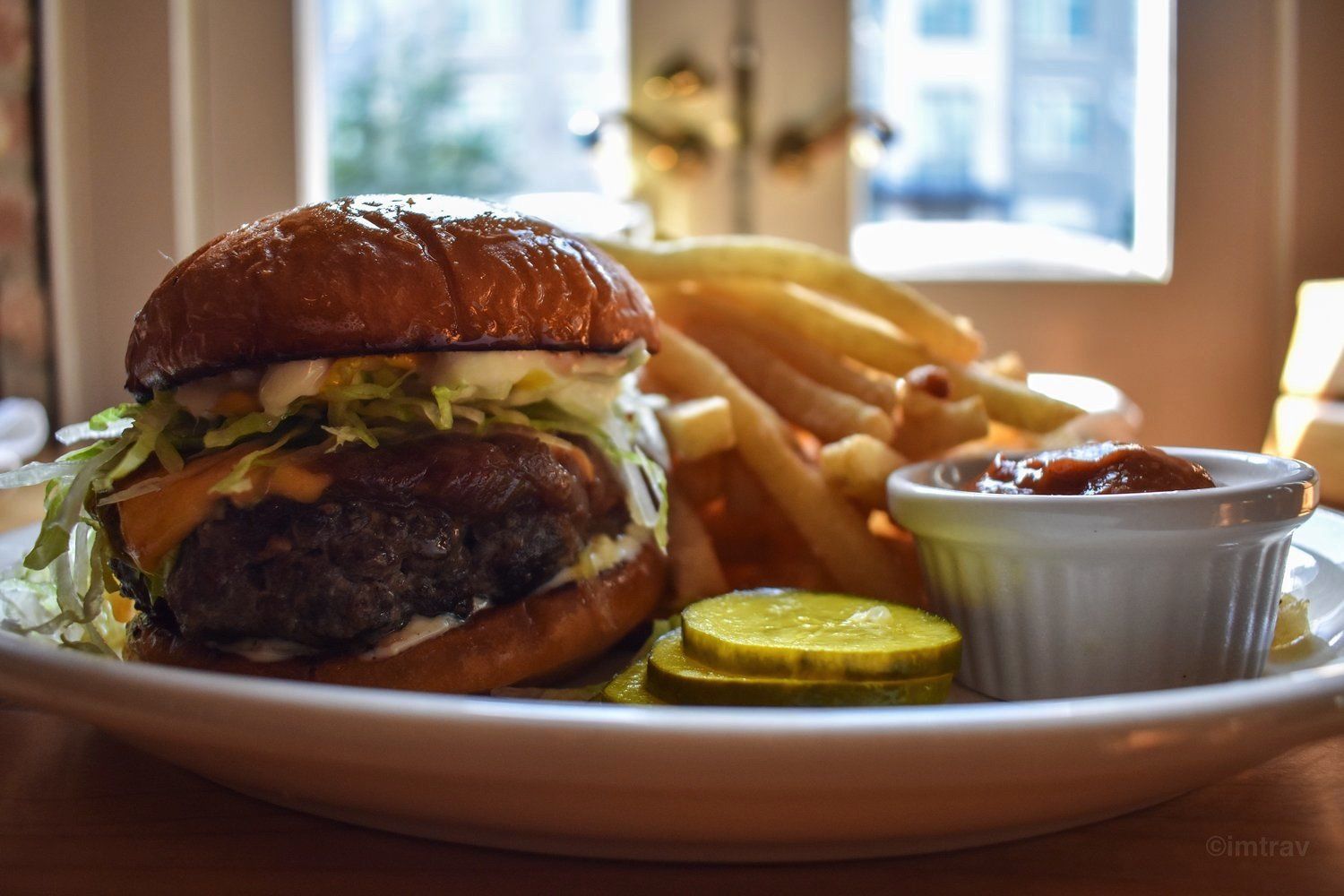Gallatin Street, The Home of New Orleans Vice
Royal Tours New Orleans • August 25, 2017
Gallatin Street, The Home of New Orleans Vice
People visit New Orleans and the French Quarter from all over the world, and one of the common sites to visit while in the French Quarter is the open-air French Market near the Mississippi River and just down-river from Cafe du Monde. Yet, few people realize that this area was once home to organized crime and pre-Storyville prostitution in New Orleans.
From the 1820s to the 1880s, a two-block stretch called Gallatin Street, which sheltered some of the most dangerous criminals, prostitutes, and street gangs in New Orleans, was considered the most violent place in the country. A local newspaper, the New Orleans States, once reported in 1925 that it was the “toughest two city blocks of all the waterfronts of the world.”
Throughout the 19th century, the Port of New Orleans was one of the busiest in the country. In addition to the vast amount of goods that passed through the port, close to half a million immigrants came through the port in the 20 years prior to the Civil War, and many of them didn’t make it past Gallatin Street. Its location immediately adjacent to the river made it a prime spot for sailors looking for housing, drink, and entertainment. And, the Port of New Orleans during this time was never empty, which provided a constant flow of men and women through Gallatin Street’s infamous boarding houses, brothels, and saloons.
Its location so close to the river and wharves also made it undesirable to nearly all except to the newly-arrived and poor immigrant families. With limited opportunities, many of the immigrant women turned to prostitution. An 1858 study into the sex industry by William Sanger found that after women entered the sex trade, they often died within four years. He also found that at least fifty percent of prostitutes had sexually transmitted diseases. Recurring ads in New Orleans’ newspapers during that period featured “cures” and remedies from sexually transmitted diseases.
Join Royal Tours
for your own private walking tour of the French Quarter. Call 504-507-8333 or email us
for details.
If the women sex workers didn’t die of disease, they often died from violence at the hands of drunken patrons or angry bar owners. But, the women weren’t always the victims. Sometimes they were the aggressors. In 1859, three prostitutes were charged with larceny after stealing from a patron of Archy Murphy’s brothel. Another woman, Mary Jane Jackson, was known for her hot-headed temper which often lead to her assaulting her customers. She was described as “a husky, full-bodied strumpet” with a “mop of flaming red hair,” which lead to her famously being known as Bricktop.
During her career as a prostitute in New Orleans she killed four men and stabbed many others. She clubbed one man to death in 1856 for calling her a whore and stabbed another, known as Long Charley (almost seven feet tall), with a specially designed knife which had been made to her own design; it had a heavy five-inch blade at each end, with a center grip handsomely mounted in German silver. With this fearsome weapon clutched in her fist, she could slash, cut, and stab in any direction without changing the position of the knife in her hand.
Bar brawls were common, robberies in the many brothels and cribs were frequent, and murders were a daily occurrence. Gallatin Street was a place where full-grown men simply disappeared in the night, never to be seen again. It was considered so dangerous that to even walk down this street at night was risking your life.
All except the most corrupt of police avoided Gallatin Street. Understaffed and underpaid, the police officers often demanded favors from the prostitutes, demanded bribes, or worked with the local bar owners and criminals.
As the area steadily declined into the early 1900s, the Gallatin Street buildings were demolished to make way for the expansion of the French Market, and the street was renamed French Market Place in 1935.
To learn more about the history of prostitution in New Orleans, join Royal Tours New Orleans
for our highly regarded private Red Light District Tour. You will learn about the fascinating history of prostitution in New Orleans along with some of the amazing stories of women such as Bridget Fury, Josie Arlington, Lulu White, and Bricktop, who blazed their own path in ways both good and bad. Call us at 504-507-8333 or email us
to book your private tour!
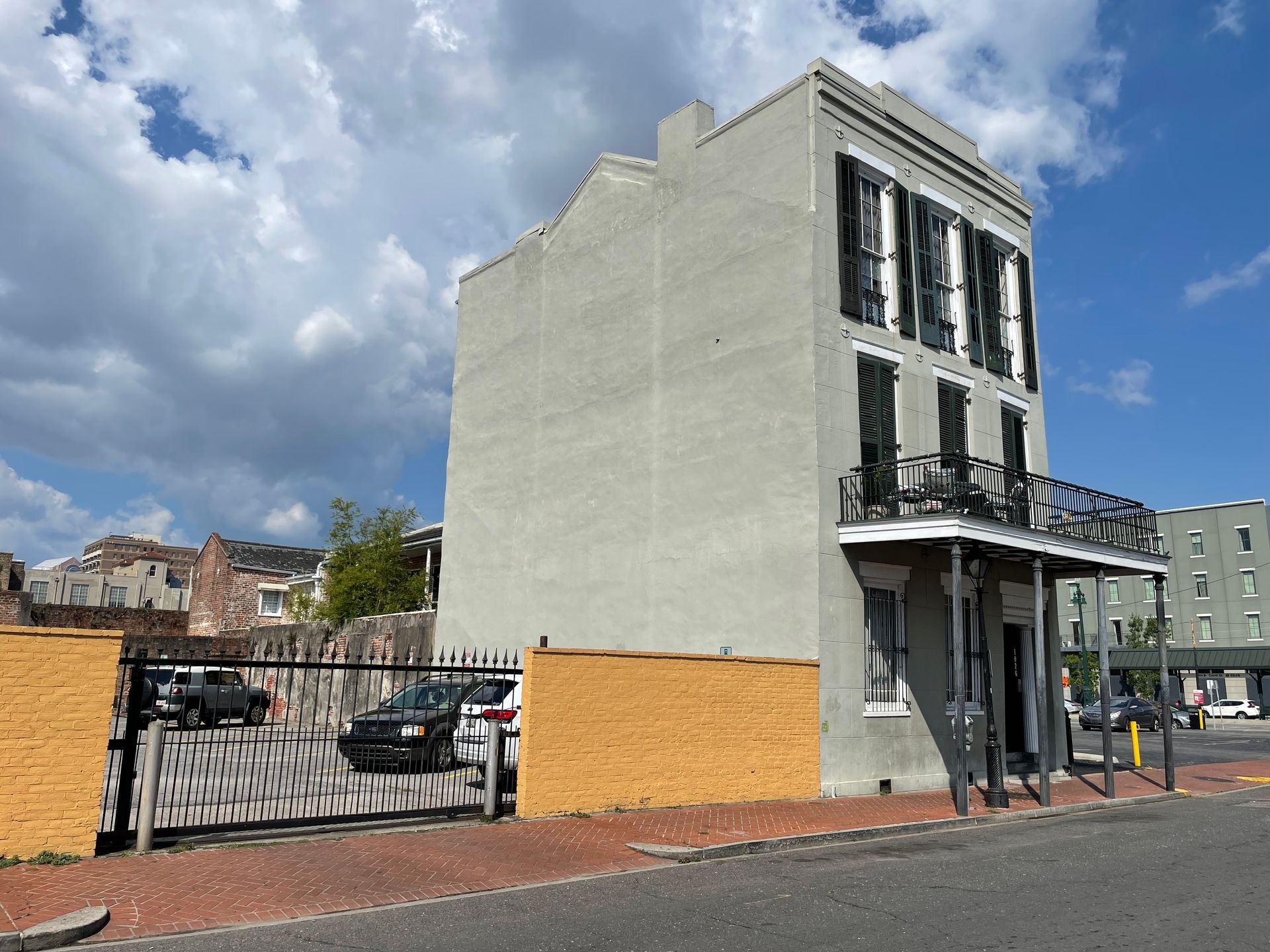
N orma Wallace, a name that evokes intrigue and fascination, was a prominent figure in New Orleans during the early and mid-20th century. As a powerful and resourceful madam, she operated a network of brothels that thrived despite the constant threat of law enforcement. Beginning in 1920, she would operate brothels for the next 45 years, a span that has not been beaten in the history of New Orleans.
